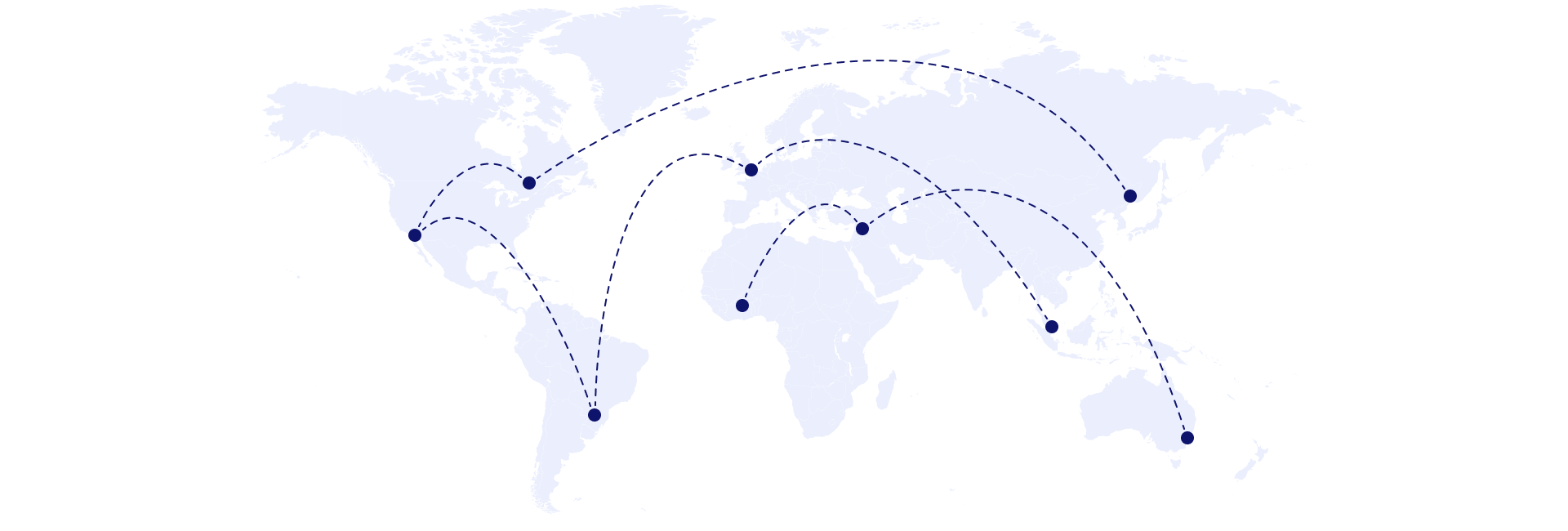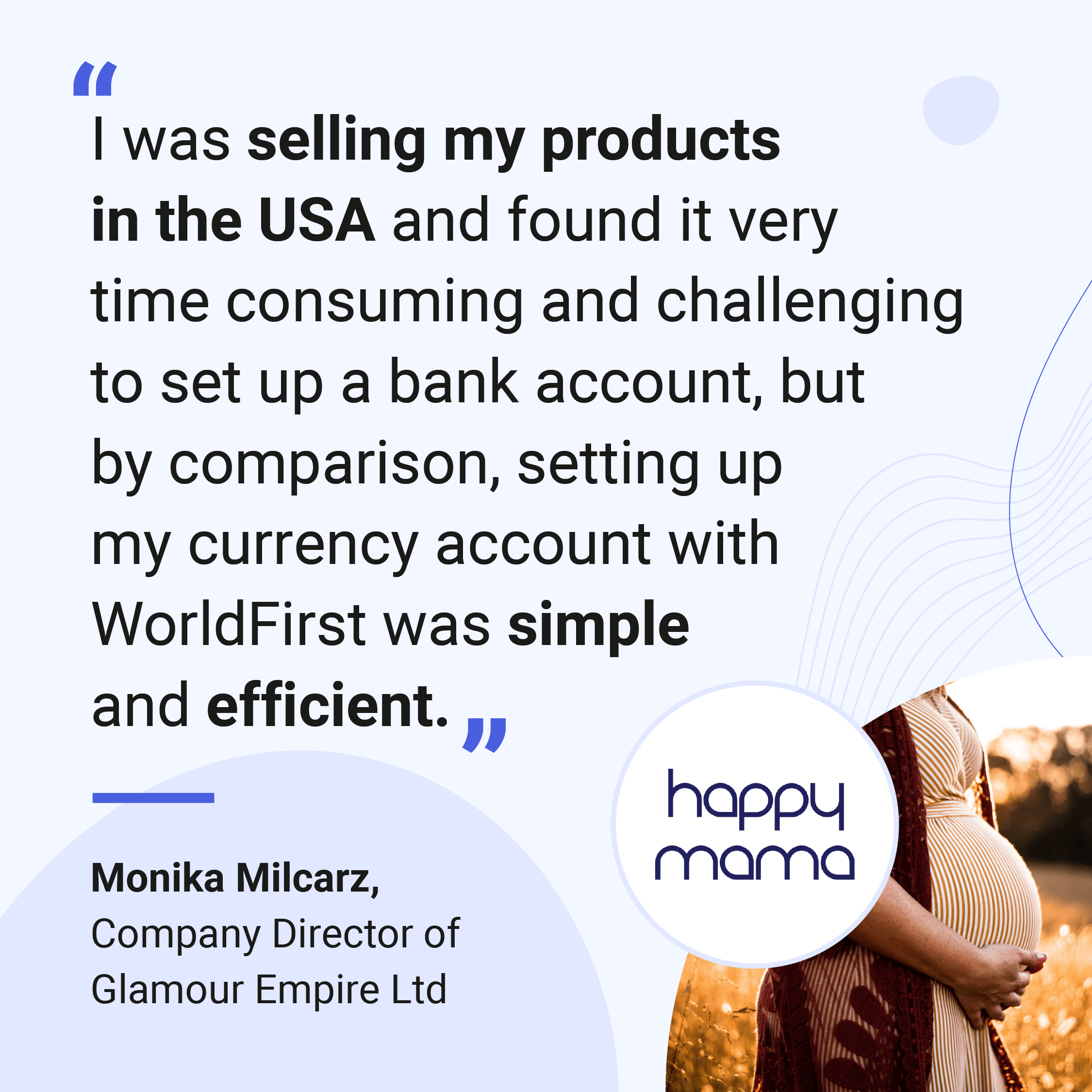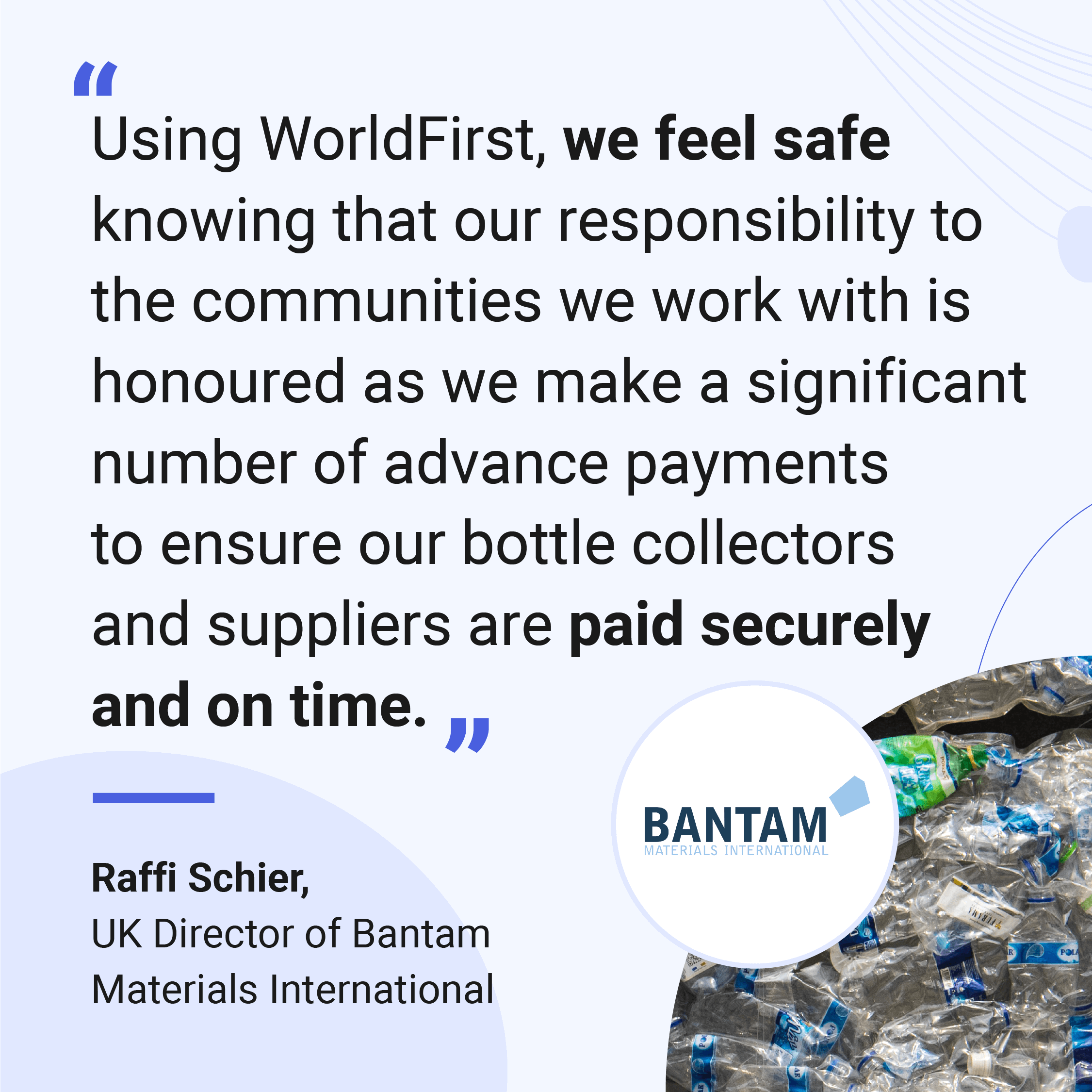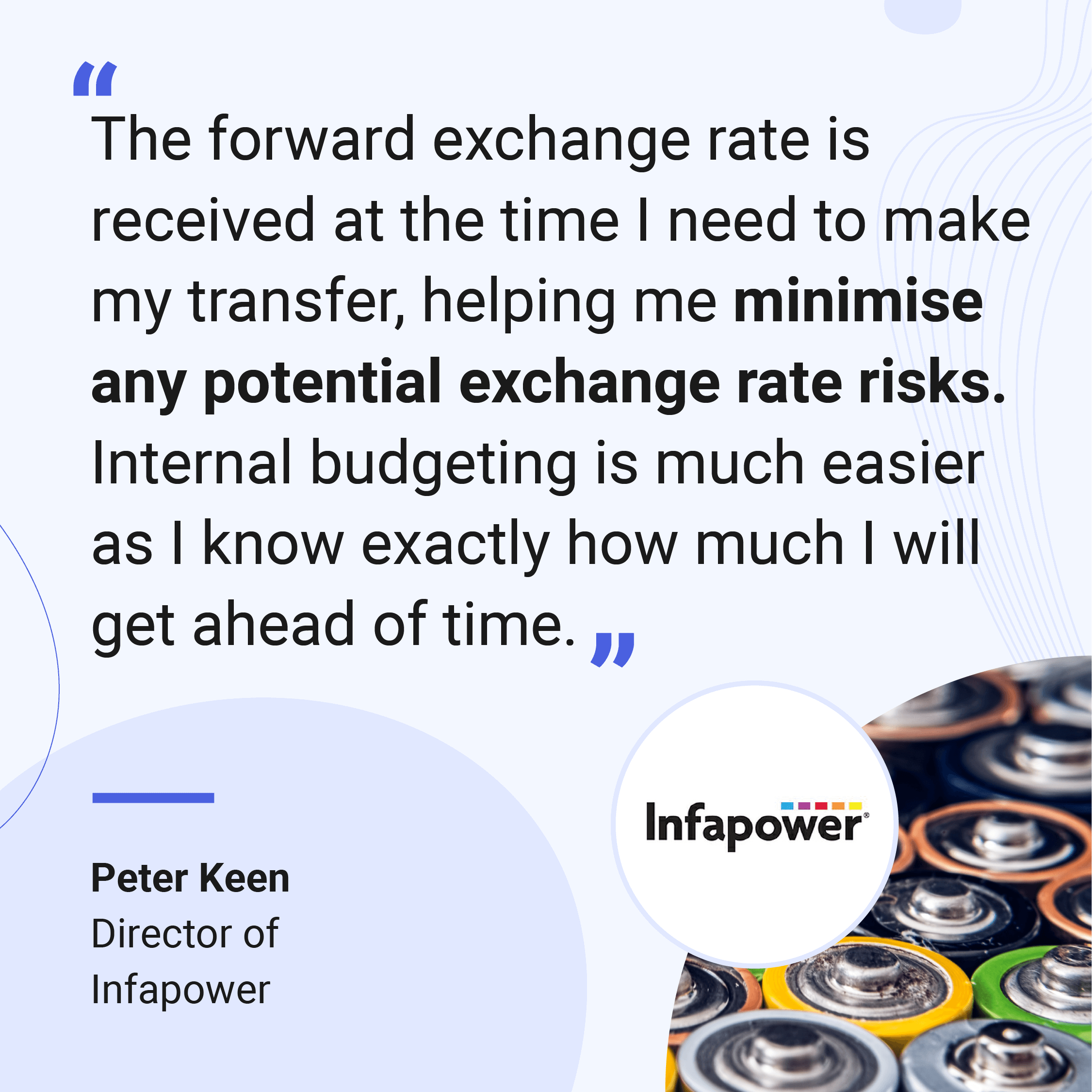
In a post-pandemic world, e-commerce has exploded in popularity and shows no signs of slowing down — even as countries open up their doors after lockdown. Traditional brick-and-mortar retailers and wholesalers have adapted their business models and their pre-launch sales strategy plans to service online communities better. And in the e-commerce-only space, as of 2020, there are now more than 24 million online stores operating worldwide.
Trust in online sales has grown to such an extent that market research company Statista predicted that 2.14 billion people would make an online purchase in 2021. Compare this with 1.6 billion online shoppers in 2016; consumer interest in online retail is only set to rise in the coming years.
If you run an online business, you may have noticed that competition has been getting fierce lately. For instance, your cost of acquiring new customers through online advertising might have gone through the roof. You may have also seen direct competitors launching new products. Or, you might have a sinking feeling that your market niche is becoming a little saturated.
What can you do, as a business owner, to close this gap and become competitive again? Perhaps it’s time for you to expand to new audiences in different countries? Or, maybe it’s time to bring in a new product line to make your customers sit up and take notice?
Both of these aims require you to develop a pre-launch marketing strategy to build brand awareness and increase consumer demand for your goods.
This post will take you through the vital steps of building a stellar pre-launch sales strategy and explain why it can make all the difference to your e-commerce brand.
Why is pre-launch strategy so important?
If you have ever queued up to buy tickets for your favourite movie franchise, you will already know why pre-launch marketing is so vital.
The pre-launch phase begins at the moment a film studio releases a theatrical trailer or teaser for their new film. Online forums are flooded with fans speculating about the up-and-coming movie’s characters and plot points. Movie merchandise starts flying off the shelves. Parents of film fanatic kids start making babysitting arrangements because they will doubtless be dragged along to a midnight showing in the near future.
Pre-launch marketing, when done right, creates so much hype and momentum that, even beyond the target audience, the general public becomes aware that there is a special event taking place.
In a broader sense, pre-launch sales strategies help potential customers get to know what your brand is all about and what they can expect when they buy from you. As mentioned previously, with increased competition across all industries, coming up with a detailed pre-launch plan with actionable steps, goals, and measurement metrics will help you edge ahead of the competition.
Here is a quick checklist of the tasks required to plan and execute a successful pre-launch marketing campaign:
- Research customers and competitors
- Review existing marketing materials and develop new ideas
- Create a content calendar
- Build an email marketing list
- Plan cross-channel digital marketing campaigns
- Retarget mailing list and website visitors
- Set up customer service infrastructure
- Gauge customer feedback before launch
The first stage in any good pre-launch marketing strategy is to begin both customer and competitor research.
Stage one: Research customers and competitors
Suppose you are considering opening up sales to customers abroad. You will first need to research where these potential new markets are.
Open up your Google Analytics dashboard and find out if you are gaining clicks from people in countries you do not currently serve. If you see that people in, say, Australia, are reading your blog posts regularly, this could indicate that you have a base of potential customers there.
You can also use tools like Google Trends to find audiences searching for products from anywhere else in the world. Follow the trail and use an SEO tool like SEMrush or Google Analytics to check the location and find out where audiences in your niche spend the most time online.
For example, if you are selling running shoes, find the most authoritative websites on running and fitness and take note of the content. What questions are they answering for their readers; what topics are their readers most interested in? Consider how your marketing messages could be adapted to suit their needs.
Next, find your direct competitors and look at the marketing materials and sites that work for them. Find ways to expand on their marketing content or product line, and position your site as the more authoritative brand. Make a note of their display ads, guest posts on blogs, social media content, tone of voice, product pages, and pricing.
Finally, if you want to expand internationally, check the government’s official website for legal advice on trading as an international seller. Make sure that you can comply with different tax rules and regulations, as they vary from country to country.
Open a World Account for free
- Open up to 15 local currency accounts, with local sort codes, account numbers and IBANs
- Collect secure payments from 130+ marketplaces, overseas buyers and payment processing gateways
- Pay suppliers, partners and staff in 40 currencies without hidden fees
- Pay and get paid easily with local bank details on your invoices
- Lock in conversion rates to manage your currency risk
Stage two: Update your website and marketing materials
If you are adding new products or expanding to international markets, you will need to ensure that your website is up to date with the latest information. First, create new landing pages with web addresses that match the domain of your chosen international location. If you are in the beginning stages of setting up an entire website complete with sales pages, make sure that you provide a landing page where your new target customers can find out more about your products and get in touch with you.
Hire a translator to take a look at your copy, as auto-translation software isn’t always accurate. A translator can also offer you tips on cultural differences to ensure that your advertising copy doesn’t inadvertently offend some people.
When updating any product pages, make sure that the products stand out and include precise specifications and instructions for use. Instructional videos can prove very useful to audiences who have never heard of your products before.
It can also help to take new product photos featuring models that your target audience find relatable. Paying attention to little details that make your new audience feel more at home on your website could make or break the success of your pre-launch sales strategy.
Note: It’s vital to update your product pages to suit your new international audience, whether you sell on your own website or via an existing marketplace like Amazon. Alternative seller recommendations are constantly in visitors’ lines of sight when they review Amazon listings — so your descriptions and photos really need to stand out.
Stage three: Create a content calendar
Through your customer and competitor research, you should have a good idea of the content and channels you need to plant seeds in and create buzz. As a starting point, all good campaigns should include:
- Google Search Advertising: Make sure the people searching for your products are the first to find your site with good keyword targeting.
- Google Display Advertising: Become visible on the websites your customers visit every day.
- Social Media Advertising: Weigh your ad spend in favour of the most popular networks. But still create a presence on the less well-known platforms, just in case they blow up at a later date.
- Email advertising: Email your existing subscribers regularly to encourage return custom. Add a newsletter sign-up Call to Action on your new landing pages.
- Retargeting ad campaigns: Create retargeting ads that gently push website visitors further down the sales funnel.
- Native advertising: Create thought leadership content for your industry and seed it on popular news and magazine sites.
- SEO: Offer to create exclusive content for the best niche blogs.
You will want to give yourself plenty of time to get the word out before opening up in a new market. In most instances, give yourself a minimum of two months of promotion before launch. You can increase the frequency of advertising output the closer you get to the deadline.
For example, if you send out one email newsletter a week two months before launch, increase this up to two emails per week in the final month before going live. Get people used to seeing you ramp up promotion as your launch date gets closer.
Alongside pushing out your advertising, you will also need to create realistic goals and measurements for tracking your success. For example, you may set up a goal for your social media to attract 10 new followers with every Instagram post. Track your results in your analytics.
If you are falling short, think about altering your calls to action or increasing your ad spend to try and drum up more positive attention. Try to remain open to adapting your content as you find out more about your new customer base.
If you are looking for some quick pre-launch marketing content ideas, you could try:
- Sneak peeks of your product lines or lookbook
- Inspiration boards, colours, and themes of your new website
- Social media polls on related topics
- Behind the scenes glimpses of new product development
- Testimonials and five-star reviews
- Discount offers
- Objection handling FAQs
- User-generated content from your industry
While conducting your pre-launch advertising campaign, make sure you allow your new potential customers to give feedback. If there is something you have missed, you’re going to want to fix it as quickly and efficiently as possible. Ensure you do not attract negative word-of-mouth reviews. Set up a reliable customer service protocol with any pre-sales launch strategy in a new country.
Stage four: Set up customer service infrastructure
In the future, all e-commerce brands will need to make sure that their omnichannel infrastructure is up to par and their customers can access multiple channels to buy goods and give feedback.
Once your new customers become aware of your brand, create multiple, seamless paths to help them make their first purchase. You will then need to stress-test all areas of this B2C supply chain.
Ask yourself: can customers shop directly from your Facebook ad? Can they pay in their native currency for your goods? Can they speak to an advisor from your homepage? Does their email discount code work on the checkout page? Is your returns policy visible on your website, and can it be handled promptly?
In the B2B aspect of your operations, one of the most challenging aspects of opening up in a new market is handling the supply chain — making sure you maintain transparency across all links in the chain.
Exchanging currencies for international manufacturers, for example, is one process that can cause considerable delays in production cycles — especially if you’re relying on traditional SWIFT transfers.
As a faster and cheaper alternative, you can use a reliable payment gateway, such as WorldFirst, to process money transactions seamlessly.
Create international collections accounts with WorldFirst
Whether you are launching a new product or launching in a whole new international market, planning and executing a well-thought-out pre-launch sales and marketing strategy is a four-step process — and all parts of the sequence have to be executed to the highest standard. Research your audience, demonstrate your product benefits, anticipate your customer’s needs, provide excellent customer service, and you will be well on your way to e-commerce world domination in no time.
WorldFirst International Collections Accounts let e-commerce business owners set up multiple accounts in over 60 different currencies. When a customer makes a payment, in say, euros, WorldFirst allows you to store that money in your dedicated euros account and make payments directly to your manufacturers using the same native currency. Alternatively, if you wish to convert your euros into pounds, you can complete the process in just a couple of clicks and save as much as 85% on conventional currency exchange fees.

Businesses like yours trust WorldFirst
- Almost 1,000,000 businesses have sent $150B around the world with WorldFirst and its partner brands since 2004
- Your money is safeguarded with leading financial institutions

What our customers say about our services





